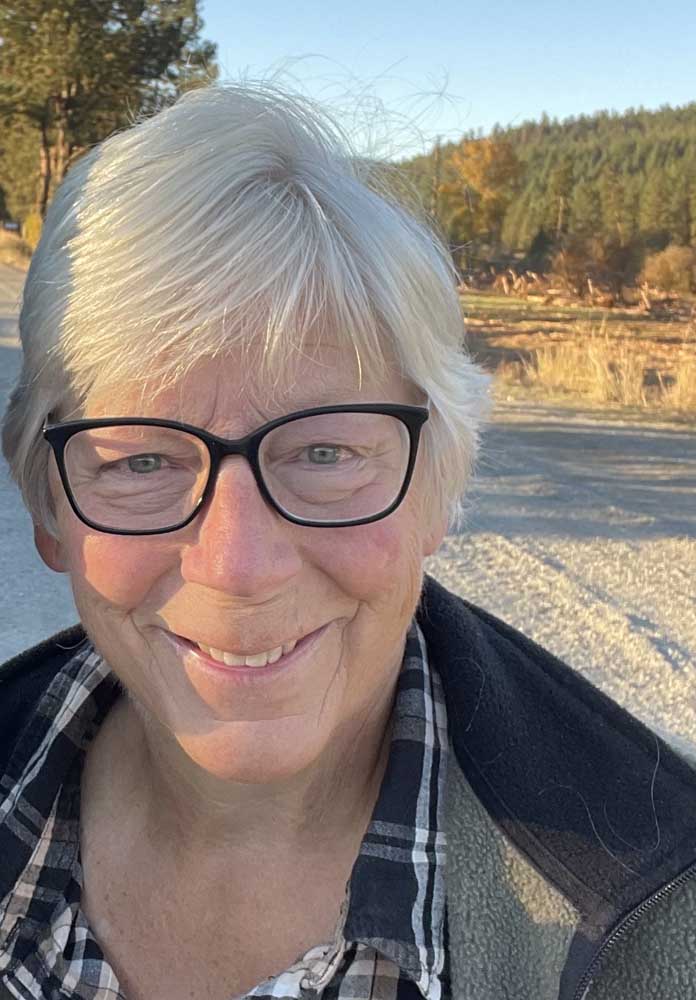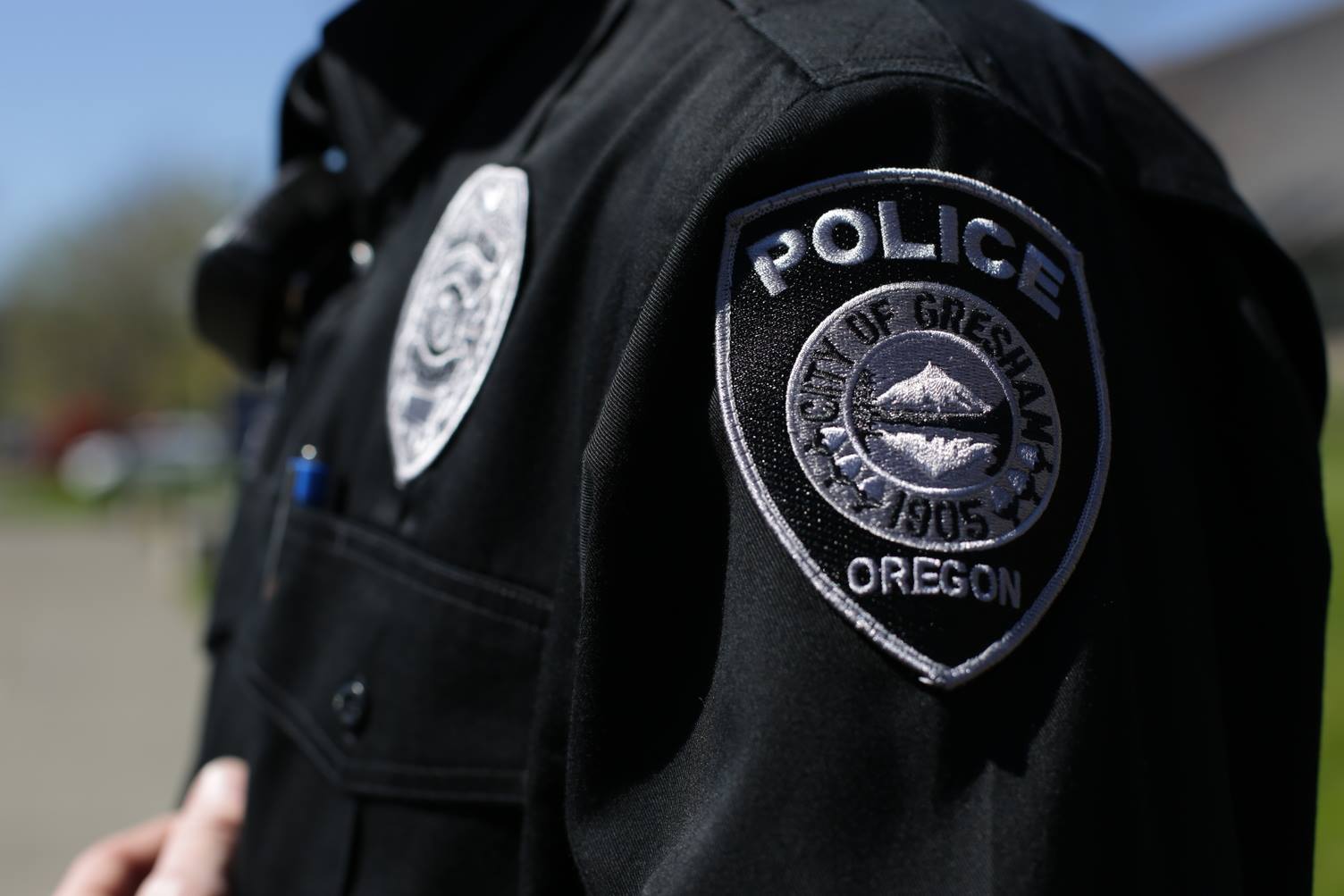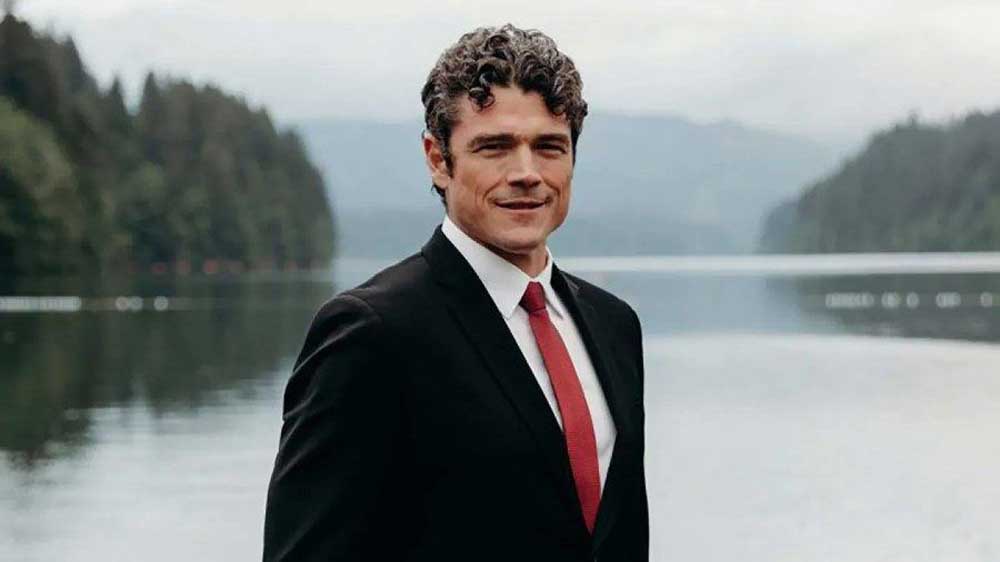Opinion: Greater Idaho movement wants a seat at the table
Published 9:24 am Wednesday, February 19, 2025

- Beth Upshaw is the leadership-at-large membership chair of the League of Women Voters of Oregon Union County. She lives in eastern Oregon.
Some residents in eastern Oregon would like to merge with our neighbor to the east, creating a Greater Idaho.
Trending
Supporters include some state lawmakers. This session, again, Republican legislators have proposed looking at the issue in Senate Memorial 7 and also House Bill 3488, which would set up a task force.
The possibility of those being passed is remote in a Legislature controlled by Democrats but that is less important than understanding the reasons behind the campaign.
The movement appears to be a symptom of the divide within our country — not the cause, but a result of people feeling isolated and with polarized views from their neighbors, even if the neighbor happens to be their state.
Trending
Those living west of the proposed line may be inclined to ignore the concerns or the purpose of the plan. There may be a tendency to ridicule the proposal as a joke, but the concerns are not a joke. Supporters have noted a variety of issues including water rights, agricultural regulations, rural broadband, spikes in unsheltered homelessness, public land use, solar priorities, protocols for ranchers, undue burden of estate taxes, media, housing, health care deserts and more. The League of Women Voters has positions on most of these issues, but more importantly, we strive to ensure all voters are represented whether east, west, north or south.
Leaders of the Greater Idaho movement wrote to then-president-elect Donald Trump in early December about their campaign. Calling on his skills as a “practical problem-solver,” they requested support for what they called “Oregon’s long-standing east-west divide.”
But a Greater Idaho merger would take more than the swipe of a president’s golden pen.
Both state legislatures would have to approve redrawing state lines and Congress would have to agree as well. Further, success of such a monumental task would not guarantee solutions to the issues of concern.
The way forward to create a Greater Idaho may be daunting, but the aspiration of greater communication between the east and west of Oregon need not be so.
We doubt that folks in eastern Oregon expect to win everything they want from the Legislature anytime soon. They realize that the D and R divide favors Oregon Democrats, who are more plentiful in the west. That may seem like a situation in which “we” in the rural areas will always be outnumbered. Still, there are ways to transform we vs. them into “us.” A seat at committee tables, open dialogue between legislators and conversations with regular folk in the state would be good starting points.
The League of Women Voters of Oregon is a nonpartisan organization dedicated to empowering voters and defending democracy through education, advocacy and community engagement. The latter of these — community engagement — is not the least of such goals. We have members east and west of the proposed dividing line, but would like to see more effort in erasing that line.
Barbara Klein is first vice president of the League of Women Voters Oregon and the action chair for the league in Rogue Valley. She has been involved with the league at local, state and national levels for years and has worked in other volunteer positions. She’s a published author, with degrees in music therapy, special education and health care administration and holds a doctorate in chiropractic medicine.
Kay Kerriden is president of the League of Women Voters of Coos County and resides in North Bend.
Beth Upshaw is the leadership-at-large membership chair of the League of Women Voters of Oregon Union County. She lives in eastern Oregon.
This opinion piece was originally published by Oregon Capital Chronicle and used with permission. Oregon Capital Chronicle is part of States Newsroom and can be reached at info@oregoncapitalchronicle.com.







